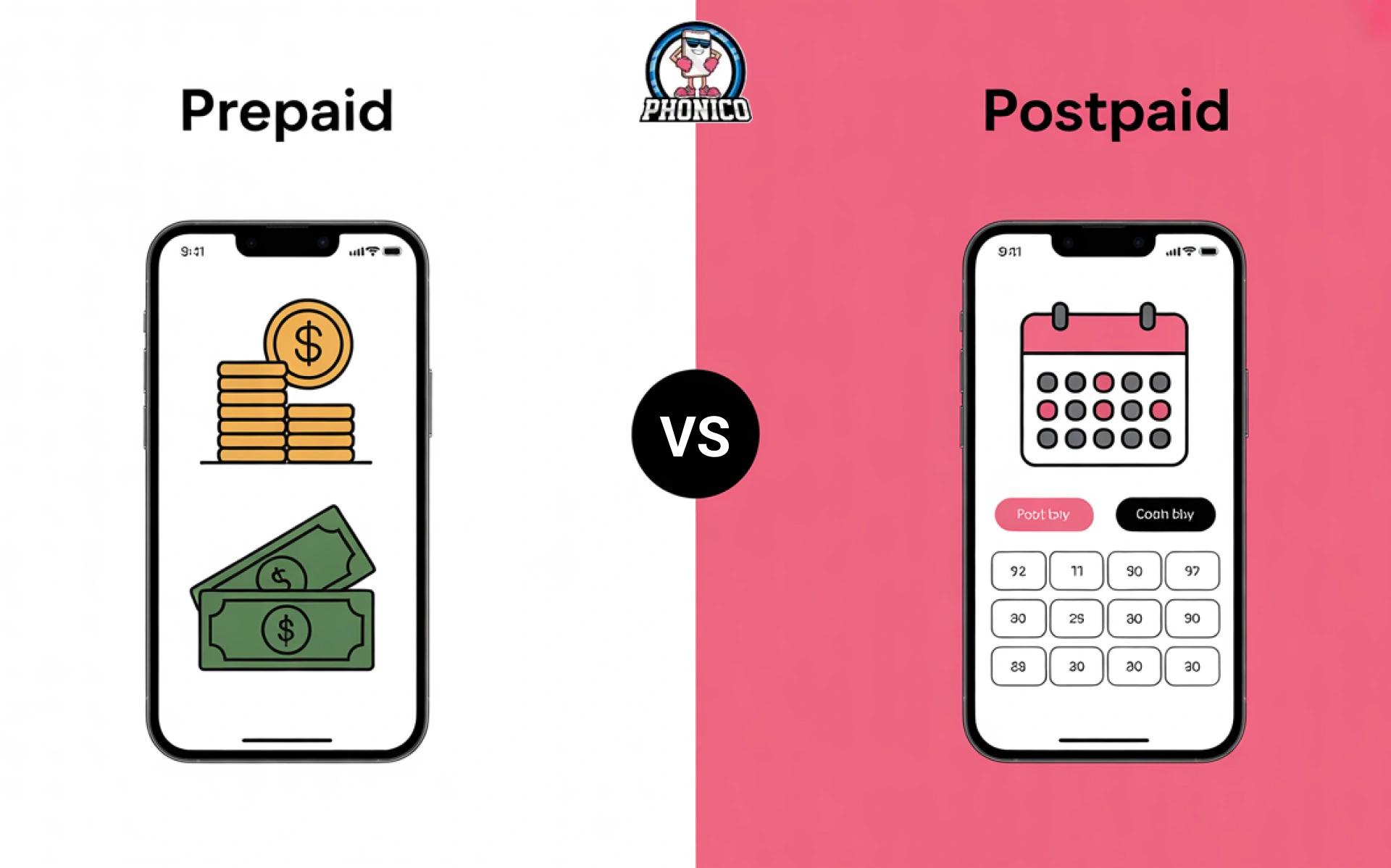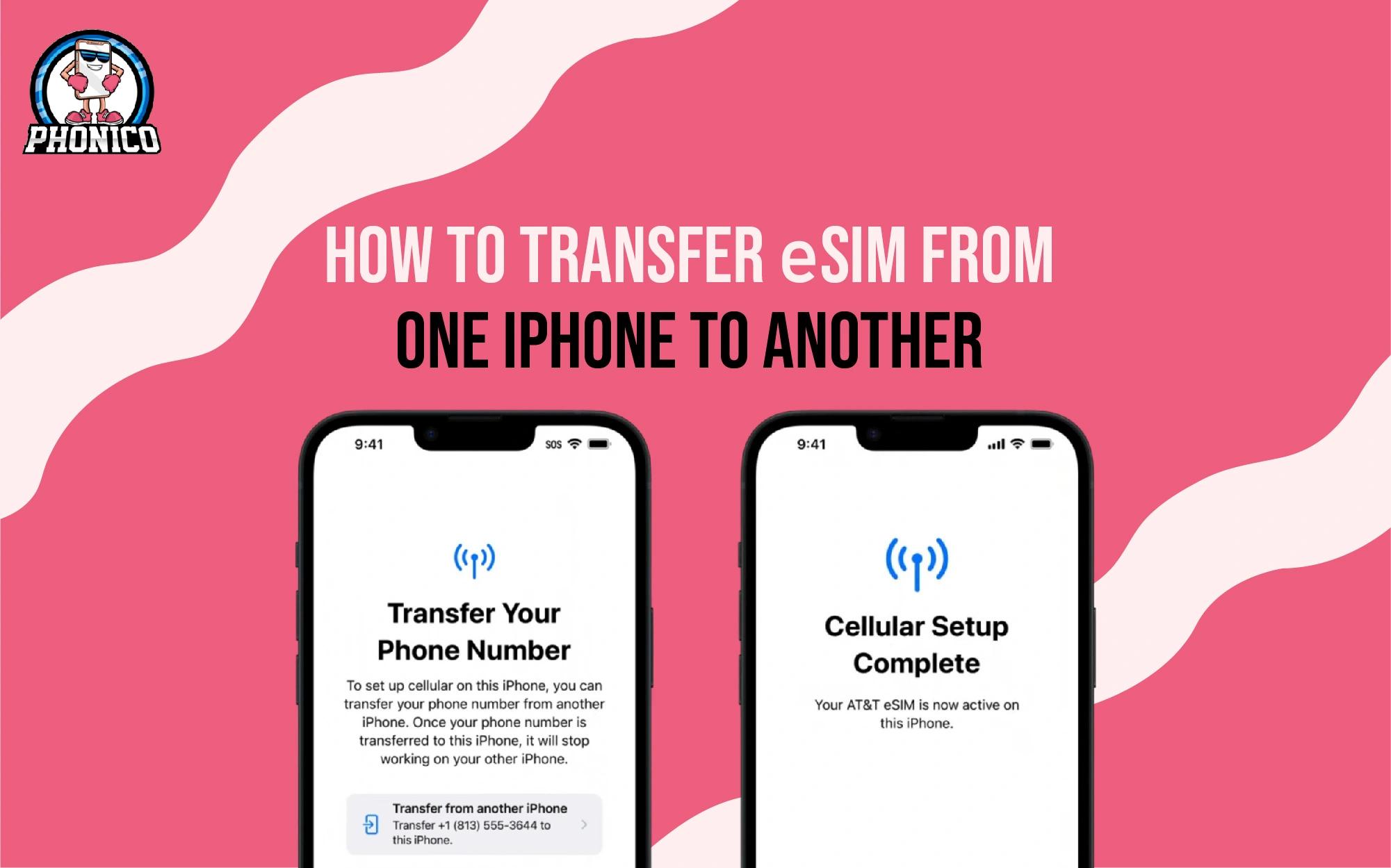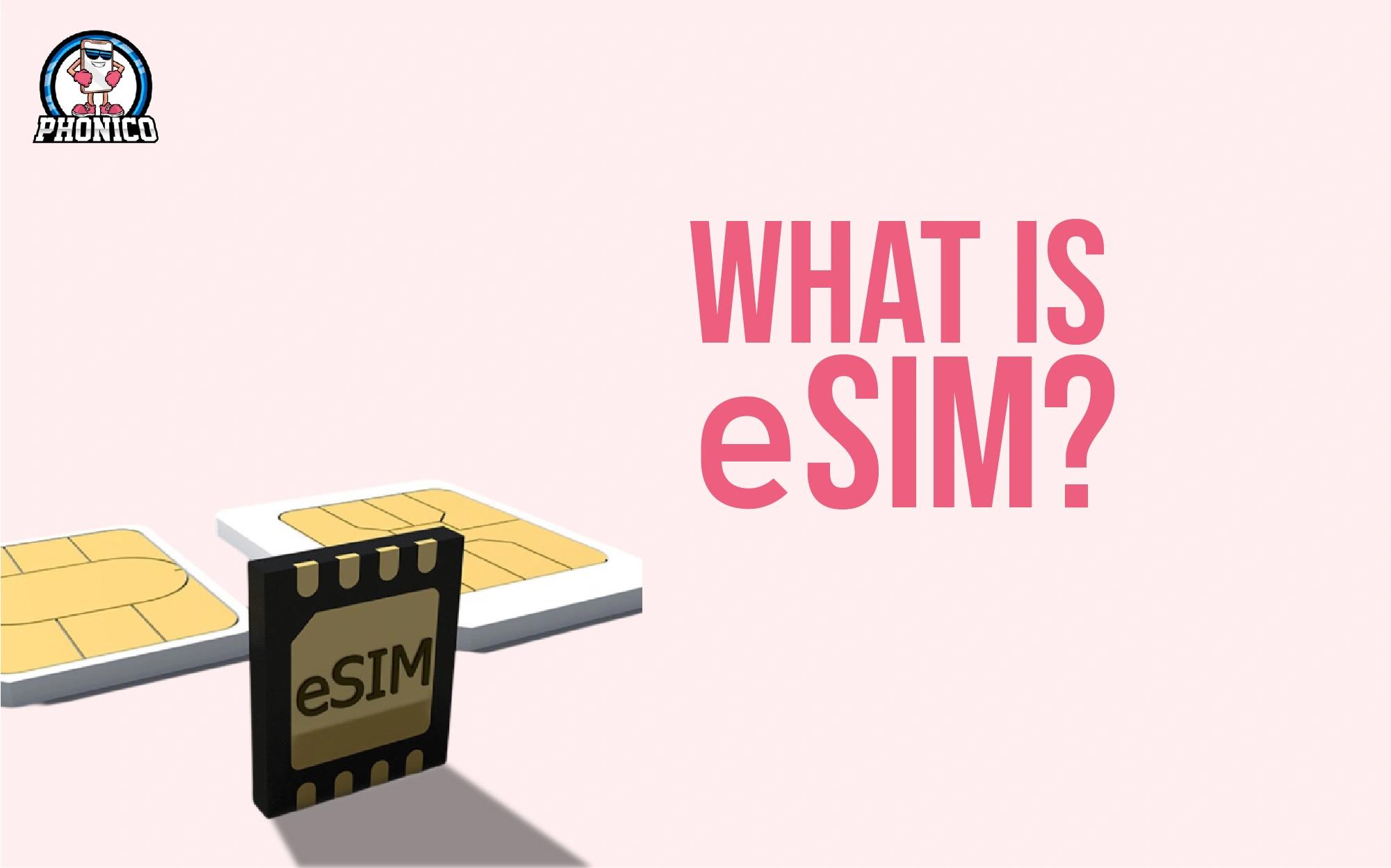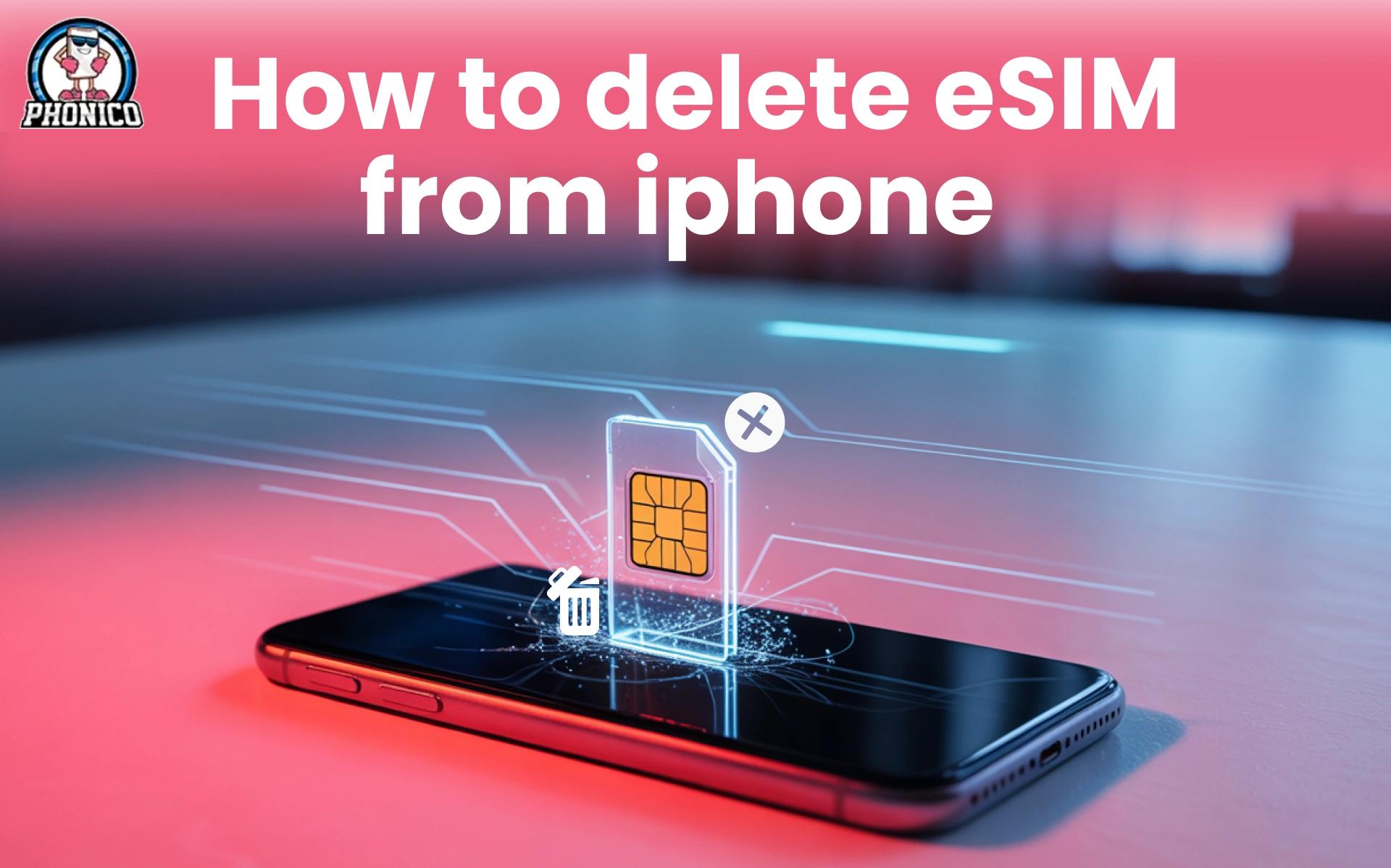Prepaid Vs Postpaid Plans: Smart Choices for Phonico eSIM Users!
Choosing between prepaid and postpaid mobile plans can feel tricky. Each offers calls, texts, and a data plan, but the way you pay and use them is different.
If you value flexibility and control, a prepaid mobile plan lets you pay in advance, skip the credit check, and avoid a long-term contract. If you want unlimited talk, text, and data, device financing, or multiple lines on one account, a postpaid plan may suit you better.
With Phonico eSIM, switching between prepaid and postpaid is quick. No swapping SIM cards. No waiting in store. Just choose the plan that fits your travel, work, or lifestyle needs.
What Is a Prepaid Mobile Plan vs a Postpaid Plan?
A prepaid phone plan means you pay before you use the service. You choose how much data, talk, and text you want, then top up when it runs out. It’s ideal for people who like to manage their mobile service month by month.
A postpaid plan works the opposite way. You use your texts and data first, then get a monthly bill. Many postpaid options include unlimited talk, text, and data, and perks like new device discounts, but they often require a credit check.
Both prepaid and postpaid mobile plans connect to the same networks. The difference is in payment style, billing cycle, and flexibility. With Phonico eSIM, you can switch between them anytime, perfect for when your needs change.
Key Differences Between Prepaid and Postpaid!
Here’s where prepaid vs postpaid really stand apart:
- Payment timing – Prepaid: pay upfront. Postpaid: pay after use.
- Commitment – Prepaid: no contract. Postpaid: may have 12 to 24-month terms.
- Credit check – Prepaid: none. Postpaid: often required.
- Flexibility – Prepaid: change plan anytime. Postpaid: tied to a billing cycle.
- Extras – Postpaid: perks like device financing or streaming bundles.
- Control – Prepaid: limits overspending. Postpaid: more data but higher risk of bill shock.
With Phonico eSIM, both options run on the same network quality, so the choice is about budget, lifestyle, and how much freedom you want.
Pros and Cons of Prepaid Plans
The following are the pros and cons of Prepaid plans that will help you understand the aspects clearly:
Advantages:
- Full flexibility and control over your usage.
- No credit check or contract.
- Easy to budget - just pay for what you need.
- Perfect for travel with short‑term data plans via eSIM.
Drawbacks:
- May lack unlimited talk, text, and data options.
- Fewer perks compared to postpaid.
- Need to top up to keep the service active.
For travelers or light users, prepaid is cost‑effective and simple. With Phonico eSIM, you can activate a prepaid mobile plan instantly. No physical SIM card, no hassle.
Pros and Cons of Postpaid Plans!
The following are the advantages and disadvantages of Postpaid plans that will tell you about what you gonna choose:
Advantages:
- Access to unlimited talk, text, and data in many plans.
- Device financing and family plan bundles.
- Extra perks like streaming subscriptions or roaming packages.
- No need to top up. service runs automatically.
Drawbacks:
- Require a credit check in most cases.
- Risk of overspending on extra texts and data.
- Billing cycle locks you in until the month ends.
- Early termination fees are if tied to a long contract.
Postpaid suits heavy users, families with multiple lines, or those wanting premium add‑ons.
Cost Comparison: Which Is More Budget‑Friendly?
Prepaid plans usually win for low‑cost flexibility. You pay upfront for your prepaid mobile plan, with prices starting around $10–$20 for basic cell phone plans. You’ll know exactly what you’re spending, and there are no surprise charges. If your data plan needs change often, you can adjust it month to month without penalty.
Postpaid plans, on the other hand, may start at $40–$90 per month. The price often includes device payments, extra data, or add‑ons like international calling. While they can be more expensive, they also provide higher amounts of data and extra perks that prepaid plans rarely match.
The deciding factor comes down to usage:
- Light users or those on a budget → Prepaid offers better value.
- Heavy users or families with multiple lines → Postpaid can be cost‑effective long term.
Flexibility and Control
Prepaid mobile plans are unmatched when it comes to flexibility and control. You choose your data plan, set your budget, and pay upfront, no strings attached. If your usage changes, you can upgrade or downgrade instantly without worrying about contract penalties.
For travelers or people testing a mobile service, prepaid is the low‑risk option.
Postpaid plans, while less flexible, do give you predictable service and automatic renewals. You won’t have to remember to top up, and your plan is always active. But this convenience comes with commitments.
Switching mid‑contract can be costly, and you can’t scale down as easily without hitting early termination fees.
Which Plan Is Better for Travelers and eSIM Users?
For frequent travelers, prepaid and postpaid mobile plans work differently. With prepaid phone plans, you can buy a local SIM card or activate an eSIM for short‑term use. It’s cost‑effective and avoids roaming charges.
You can also keep your home number active on a second eSIM while using a local data package.
With postpaid plans, you may get international roaming bundles or unlimited talk, text, and data in certain regions, but they’re often pricier. You’ll also need to check if your carrier allows eSIM swaps while abroad.
Some require physical SIM swaps, which can be inconvenient mid‑trip.
How to Choose Between Prepaid and Postpaid?
Here’s a quick way to end this talk:
- Pick prepaid if you want budget control, no credit checks, and short‑term flexibility.
- Pick postpaid if you use a lot of data, want premium perks, and don’t mind a monthly contract.
Ask yourself:
- How much text and data do I need each month?
- Do I want multiple lines on one family plan?
- Am I okay with a fixed billing cycle and a monthly bill?
Your answers will point you in the right direction.
How Phonico eSIM Works for Both?
Phonico makes both prepaid and postpaid eSIM options simple. Although Phonico only has Prepaid eSIM Plans, with your primary postpaid number and a dual SIM/eSIM compatible device, you can use both.
- Prepaid: Buy online, scan QR, and start using instantly.
- Postpaid: Link your plan to your account, and get consistent service.
Same mobile service quality in both. Switch between them anytime without swapping a SIM card.
Conclusion
There’s no one‑size‑fits‑all answer. Both prepaid mobile plans and postpaid plans have clear advantages depending on your priorities. Prepaid offers unmatched freedom and cost control. Postpaid delivers convenience, bigger data allowances, and bundled extras.
For eSIM users and travelers, prepaid often makes more sense. You can stay connected anywhere without long‑term commitments. But if you value stability, device financing, and premium service, postpaid could be worth the investment.
FAQs
Which is cheaper, prepaid or postpaid?
Prepaid is usually cheaper upfront, while postpaid may offer more value if you use a lot of data.
Can I switch from prepaid to postpaid?
Yes. Most carriers allow switching, but you may need a credit check for postpaid.
Do prepaid plans have unlimited data?
Some do, but speeds may slow after you hit a certain usage limit.
Is postpaid better for families?
Yes. Postpaid often has discounted family plans with multiple lines.
Does prepaid require a contract?
No. You pay upfront and can stop anytime without penalties.







